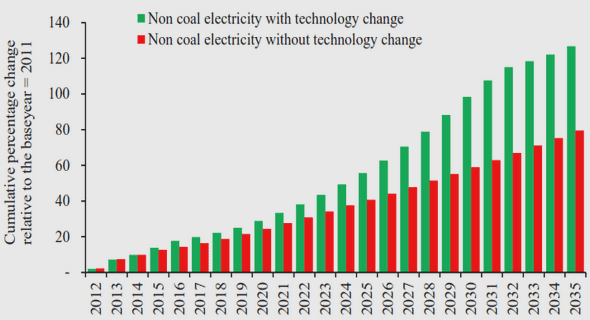(Downloads - 0)
For more info about our services contact : help@bestpfe.com
Table of contents
Introduction
Chapter 1 Propagation of Elastic waves in elastic isotropic media
1.1 Elastic moduli
1.2 Effective pressure
1.3 Elastic waves velocities
1.4 Static and dynamic moduli
1.5 Effective elastic media: bounds and mixing laws
1.5.1 Hashin–Shtrikman bounds
1.5.2 Voigt and Reuss bounds
1.5.3 Mixing laws
1.6 Dispersion and attenuation
1.6.1 Definition
1.6.2 The dispersion and attenuation related to WIFF mechanism
1.6.3 Theory classically used to interpret lab measurements for a fully saturated rock: the drained/undrained transition
1.6.4 Theory classically used to interpret lab measurements: the undrained/unrelaxed transition
1.6.5 Theory for a partially saturated sample
1.7 Experimental investigation
1.7.1 Experimental techniques
1.7.2 Previous measurements
Chapter 2 Experimental apparatus for dynamic measurement of elastic moduli and Poisson’s ratio over frequencies
2.1 Summary
2.2 Experimental setup installed in Beijing
2.2.1 Introduction
2.2.2 Description and Analysis of Experimental Setup
2.2.3 Numerical Simulation and Resonance Analysis
2.2.4 Experimental Verification
2.2.5 Error and Limitation
2.2.6 Conclusion
2.3 Experimental setup installed in Paris
2.3.1 Abstract
2.3.2 Introduction
2.3.3 Pressure vessel
2.3.4 Methodology
2.3.5 Generation of stress oscillations and strain measurements
2.3.6 Protocol
2.3.7 Calibration of dispersion and attenuation
2.3.8 Controlling the undrained boundary conditions
2.3.9 Numerical investigation of resonant frequencies
2.3.10 Applications
2.3.11 Conclusion
Chapter 3 Global drainage flow /drained-undrained transition caused by the boundary
3.1 Summary
3.2 Abstract
3.3 Introduction
3.4 Poroelastic model
3.4.1 One-dimensional model
3.4.2 Three-dimensional model
3.4.3 Local versus Global predictions for bulk modulus and attenuation
3.5 Numerical solutions
3.5.1 Experimentally drained boundary conditions
3.5.2 Experimentally undrained boundary conditions
3.6 Discussion
3.6.1 Comparison with the measurements
3.6.2 The effect of permeability
3.6.3 The effect of fluid viscosity
3.6.4 The effect of drained bulk modulus and fluid bulk modulus
3.7 Conclusion
Chapter 4 Dispersion and attenuation of elastic wave velocities: impact of microstructure heterogeneity and local measurements
4.1 Summary
4.2 Abstract
4.3 Introduction
4.4 Experiments and measurements
4.5 Stress-strain apparatus
4.6 Fluid and sample
4.7 Sample saturation
4.8 Results and analysis
4.9 Conclusion
4.10 Acknowledgments
4.11 Support Information I
4.11.1 Text S1.
4.11.2 Text S2.
4.11.3 Text S3.
Chapter 5 Effect of pore collapse and grain crushing on the frequency dependence of elastic wave velocities in a porous sandstone
5.1 Summary
5.2 Abstract
5.3 Declarations
5.4 Introduction
5.5 Sample and laboratory experiment
5.5.1 Sample and fluids
5.5.2 Laboratory apparatus and measurement
5.6 Porosity versus effective pressure during hydrostatic loading
5.7 Results and analysis
5.8 Discussion
5.8.1 Evolution of the aspect ratio during the compaction
5.8.2 Effects on the dispersion
5.9 Conclusion
5.10 Appendix 1
Chapter 6 Fluid distribution effect on seismic attenuation in partially saturated limestone
6.1 Summary
6.2 Introduction
6.3 Sample description
6.4 Saturation process
6.4.1 Pseudo-imbibition
6.4.2 Drainage
6.5 CT scanning
6.6 Methodology
6.6.1 Experiment apparatus
6.6.2 Dispersion and attenuation measurement
6.7 Results and analysis
6.7.1 Imbibition
6.7.2 Drainage
6.7.3 Comparison of the bulk modulus using two imbibition and drainage technique
6.7.4 Fluid distribution
6.7.5 Theoretical considerations based on WIFF
6.8 Conclusion
Chapter 7 Conclusions and Perspectives
7.1 Conclusion
7.2 Perspectives
Reference




